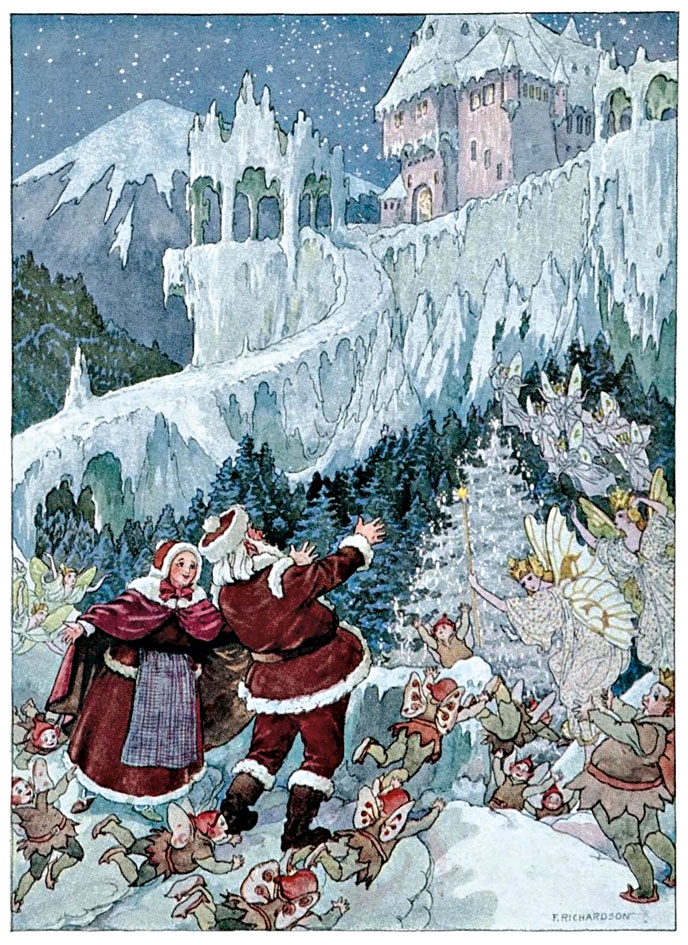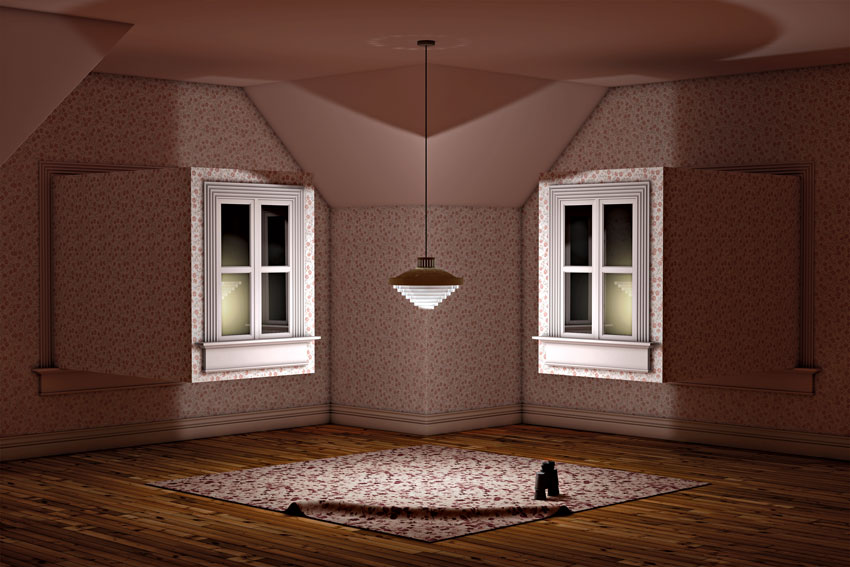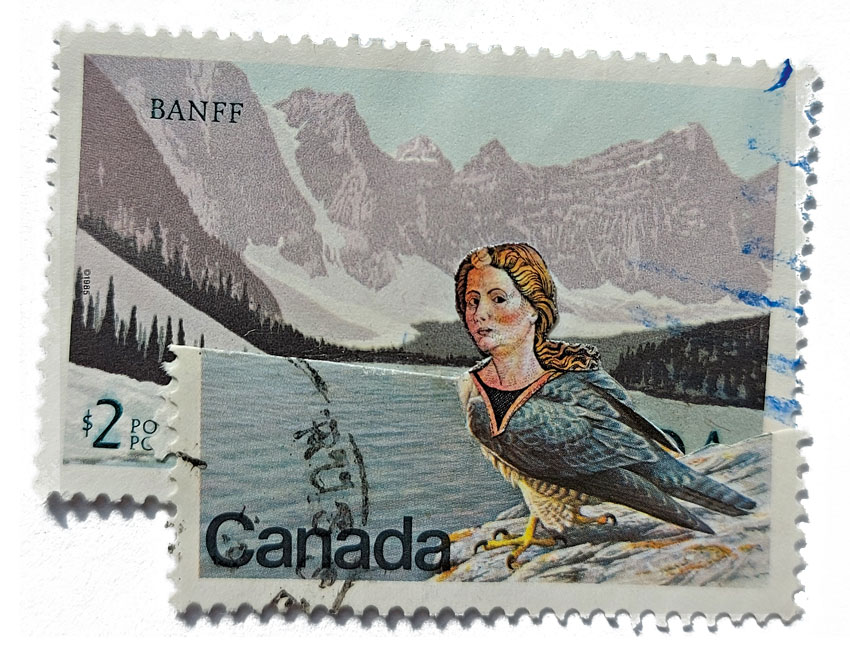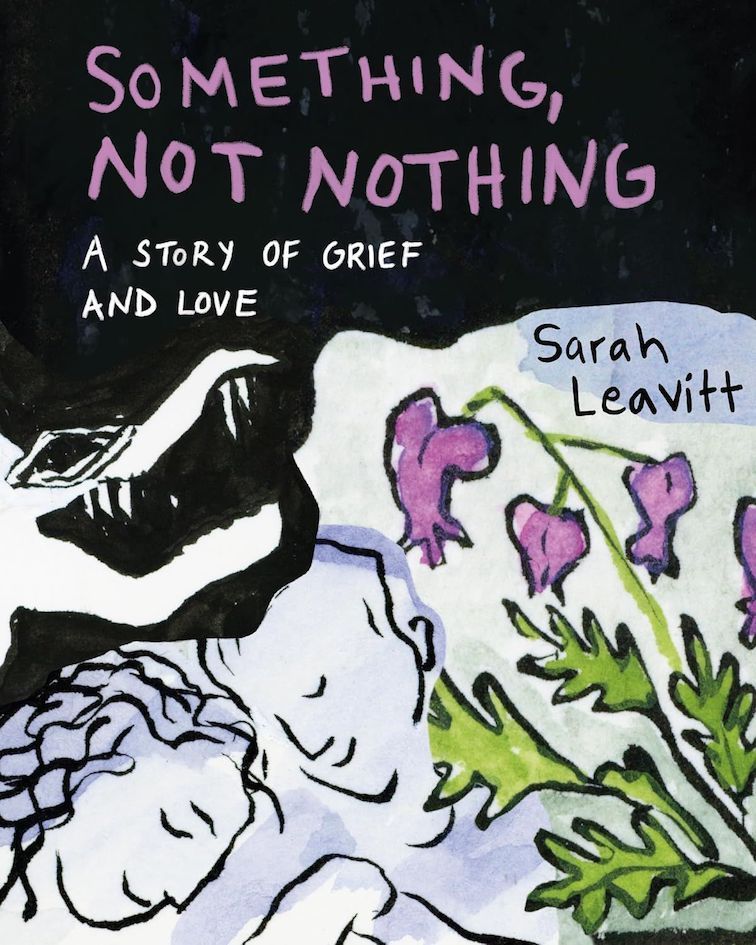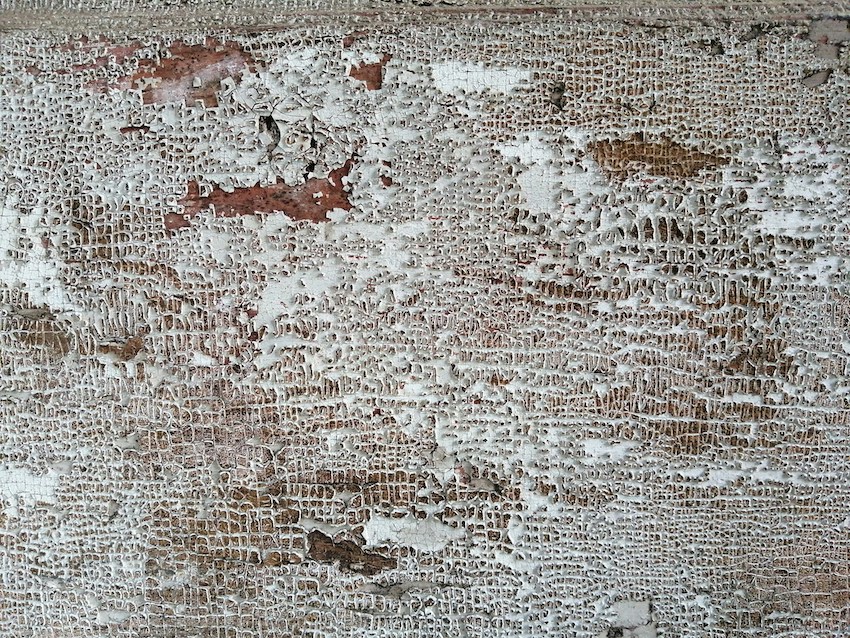fact
.svg)
Paper Boom: Why Real Prosperity Requires a New Approach to the Canadian Economy
This review was accepted for publication by the Vancouver Sun in January 2000, and then rejected by editors who found it "too one-sided and unfair to the bank." This is the first financial book review to be published in Geist, and is offered here in

Iceman
Last month I had lunch with a good friend who years ago had told me that her parents, who immigrated to Canada after the war, were Holocaust survivors. I asked my friend, whose name is Slava, to tell me again about her parents, who had lived in Vilna, the ancient Lituanian city of Europe known for three centuries as the “Jerusalem of the north.”

Re-hanging the National Wallpaper
When I lived in Ottawa in the 1970s, I used to enjoy passing lazy afternoons at the National Gallery looking at the pictures. I remember how surprised I was when I first encountered the Group of Seven collection. These paintings were completely familiar—I’d seen them in schoolbooks and on calendars, posters, t-shirts, everywhere—yet at the same time they were completely unexpected.
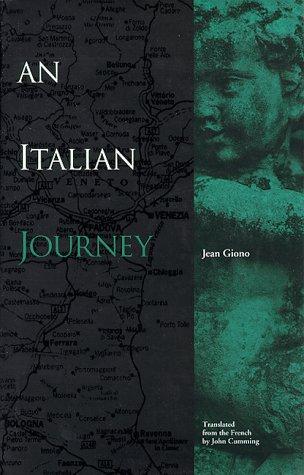
An Italian Journey
Henry Miller named Jean Giono as one of the writers he most admired (a list that includes Knut Hamsun, Blaise Cendrars, and Fyodor Dostoevsky). Giono, who lived most of his life in Manosque, the small Provençal town where he was born, begins An Italian Journey by admitting that he is not a traveller.
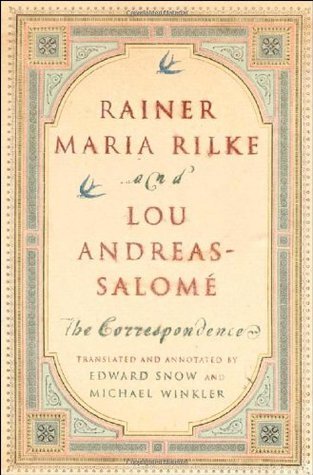
Rainer Maria Rilke and Lou Andreas-Salomé: The Correspondence
Rainer Maria Rilke and Lou Andreas-Salomé: The Correspondence (Norton) collects all of the extant letters exchanged by Rilke and Andreas-Salomé , a patron and fellow author, and (as the jacket copy describes her) “a key fin de siècle intellectual.”
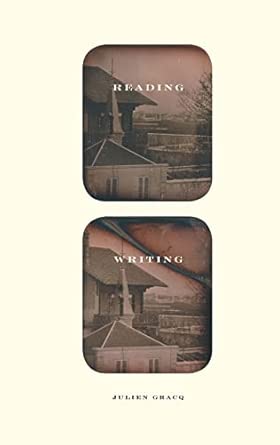
Reading Writing
The French writer Julien Gracq, who will be ninety-seven this year, is a living link to the era of Louis Aragon and André Breton. Gracq has avoided the kind of recognition that most modern writers crave (he refused the Prix Goncourt in 1951), and his body of work is little known on this continent.





.jpeg)









.jpg)






























.svg)







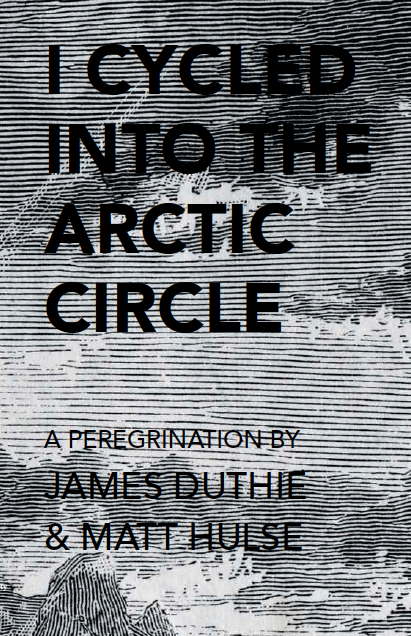
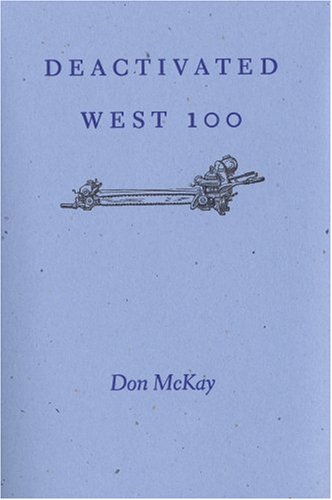

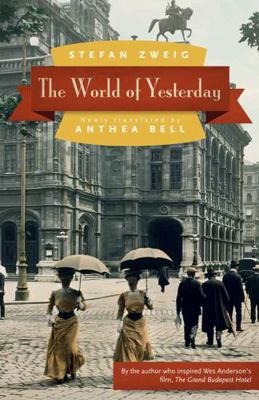


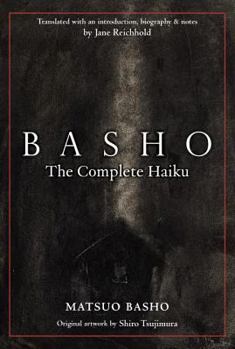

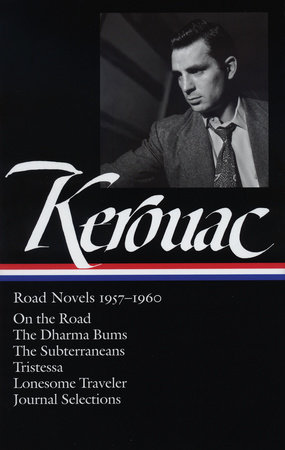

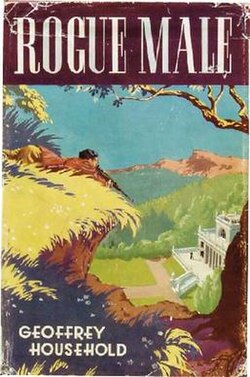
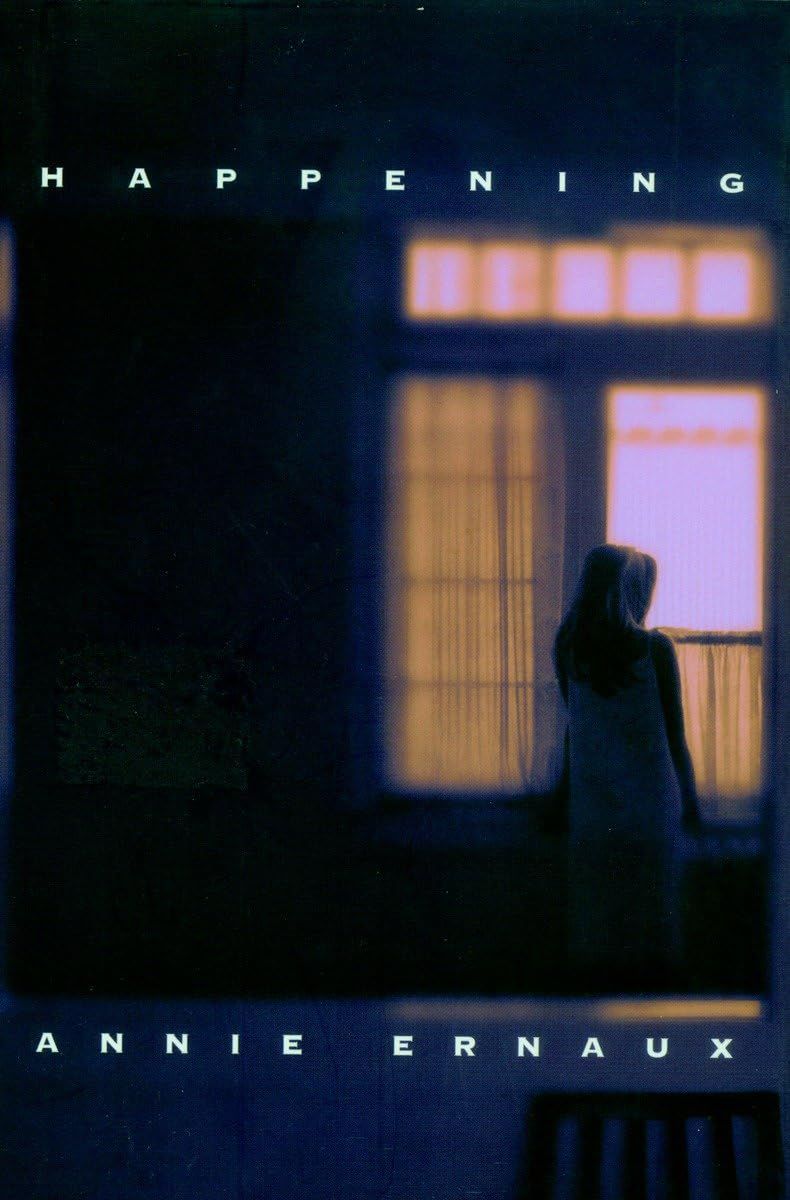
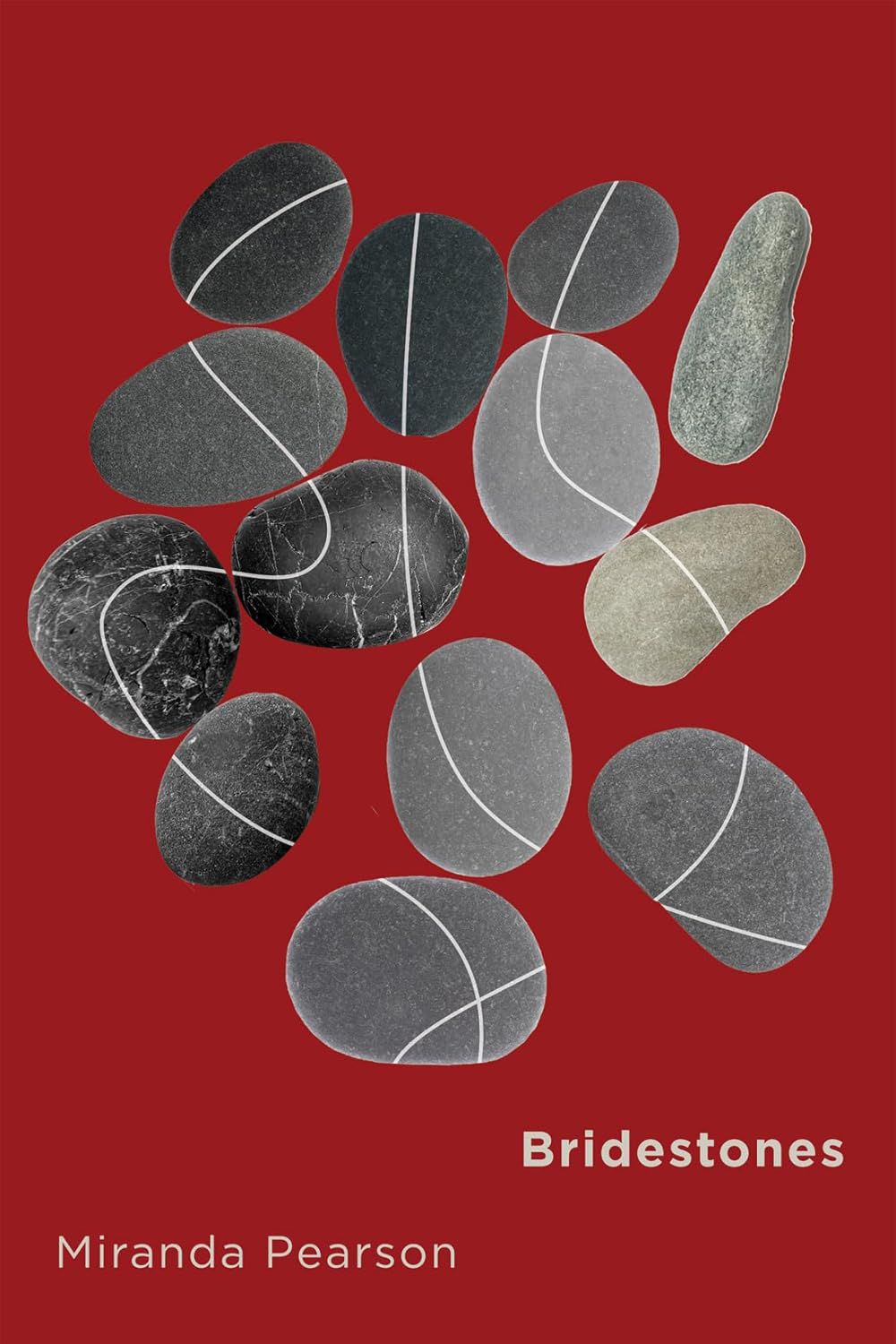
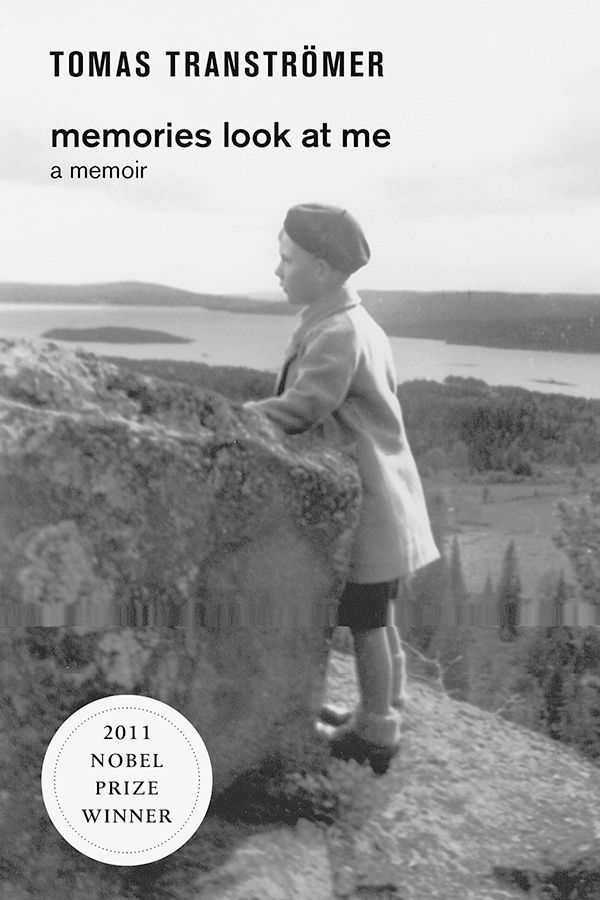
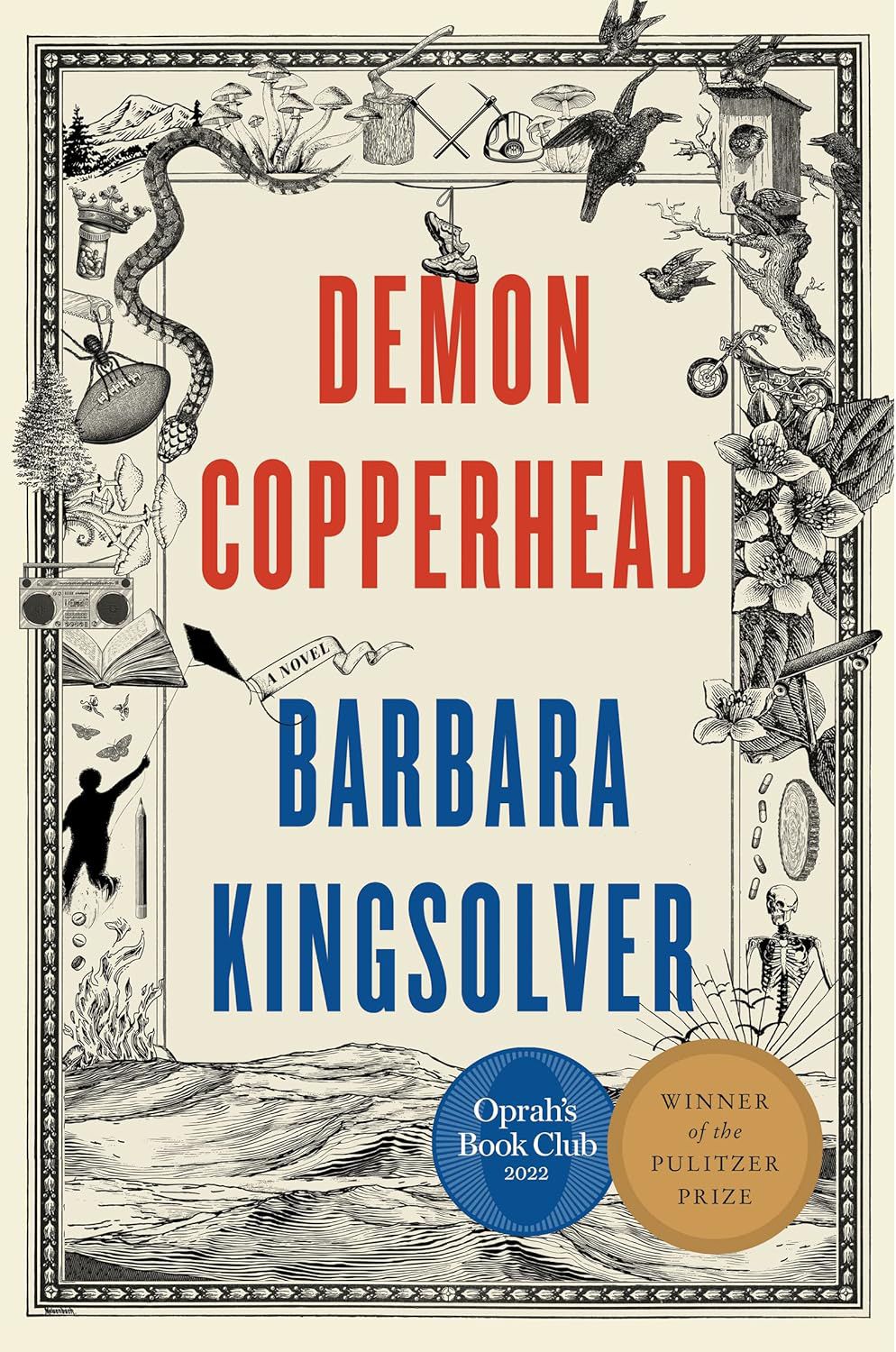


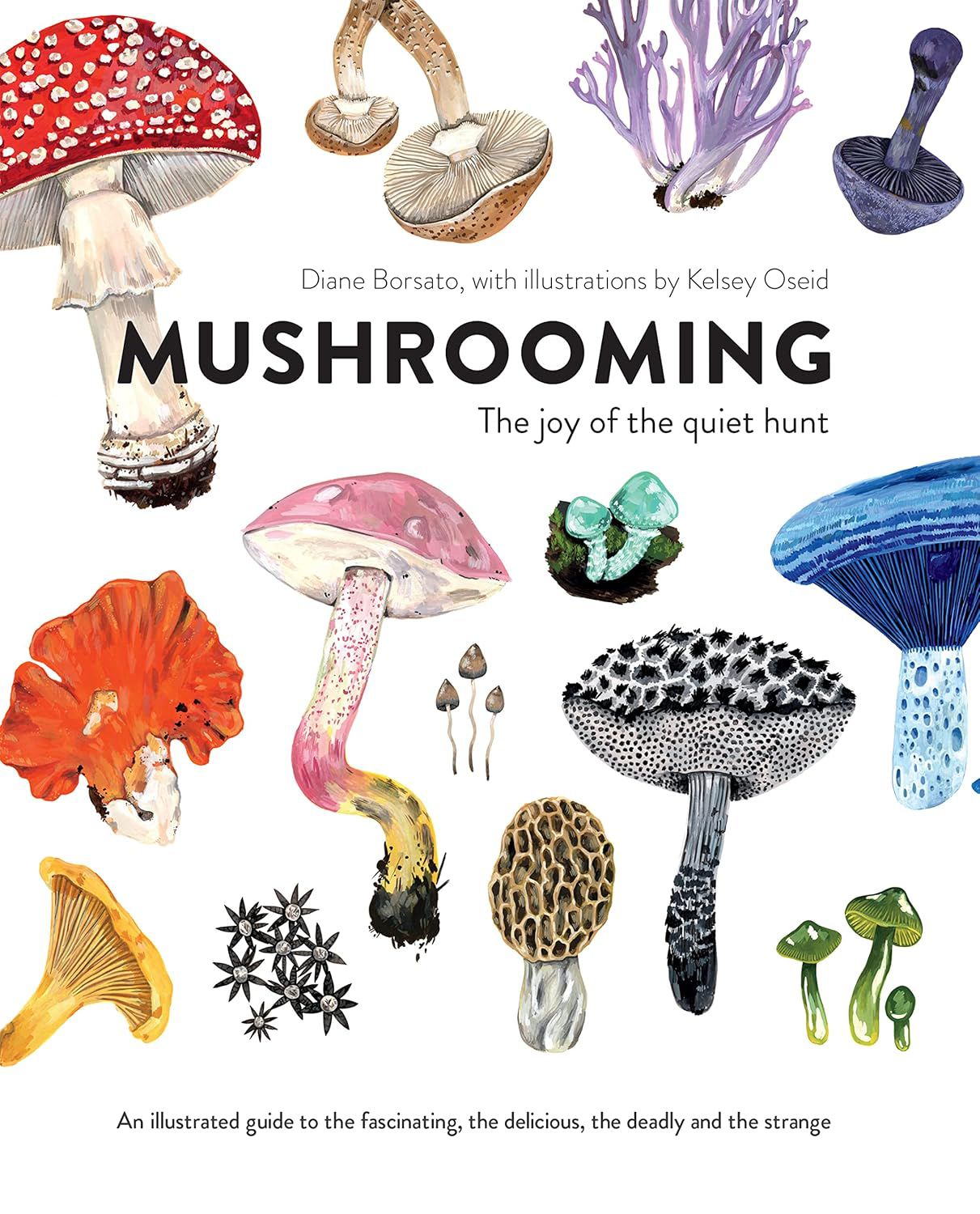

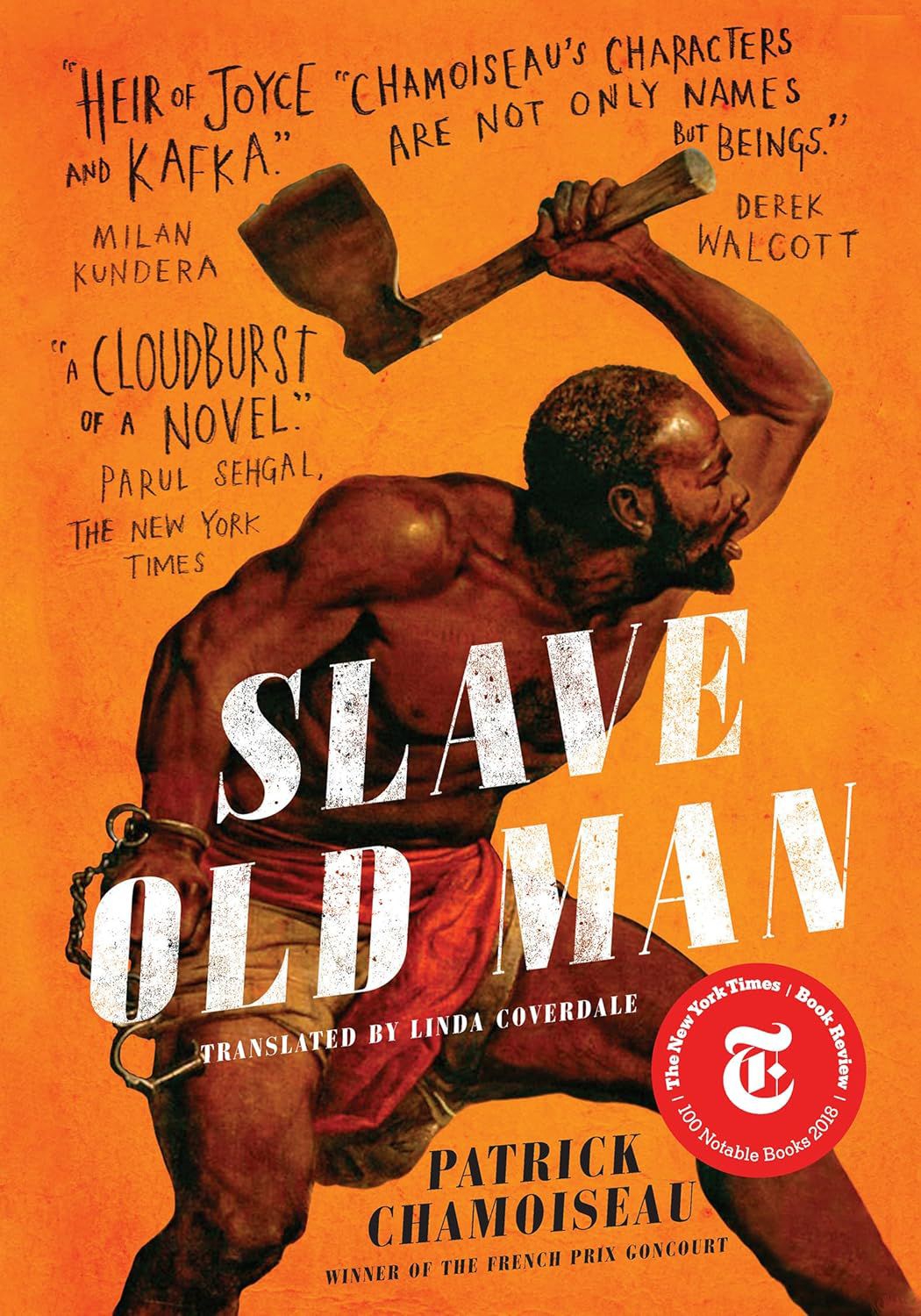
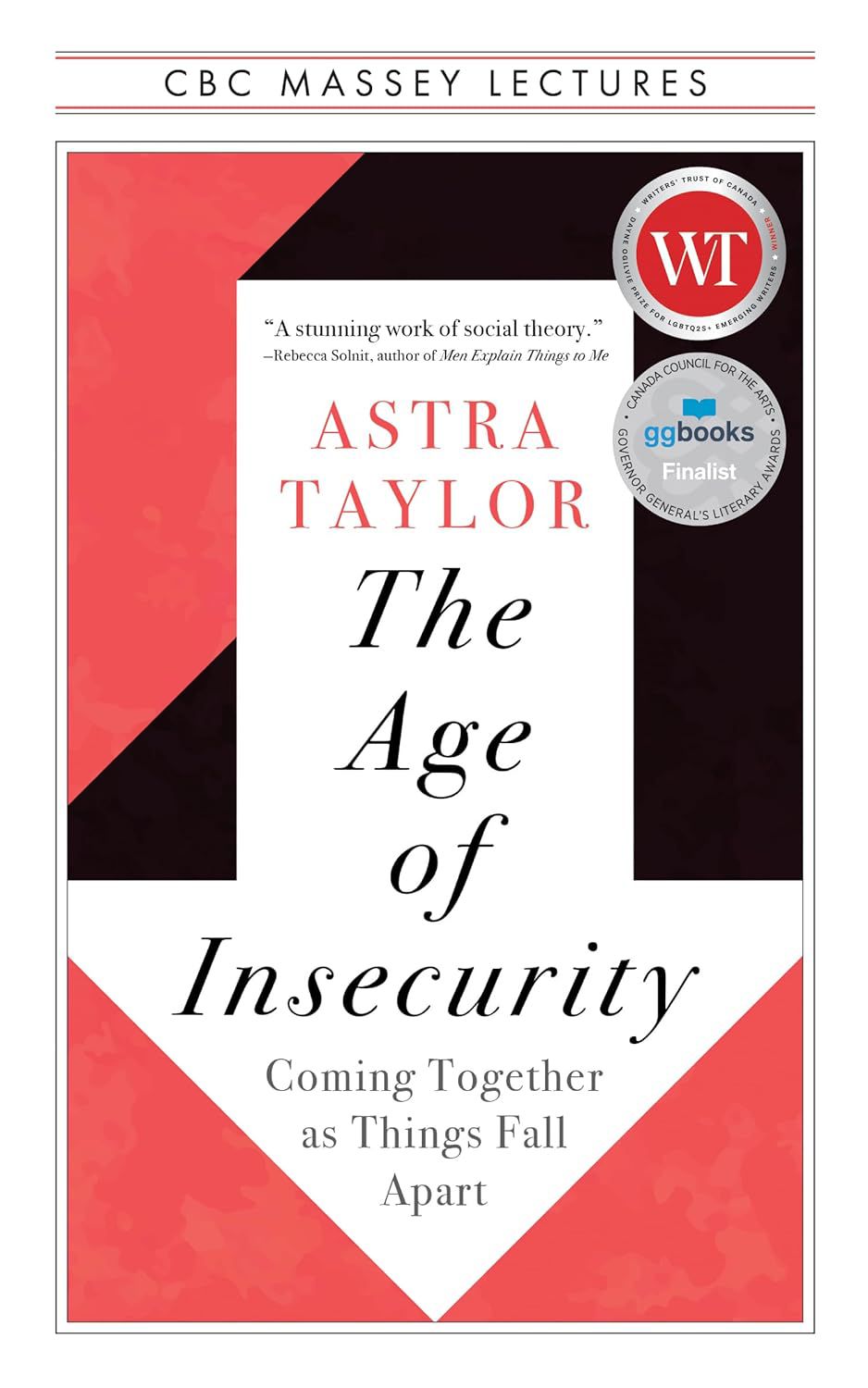















.jpg)
